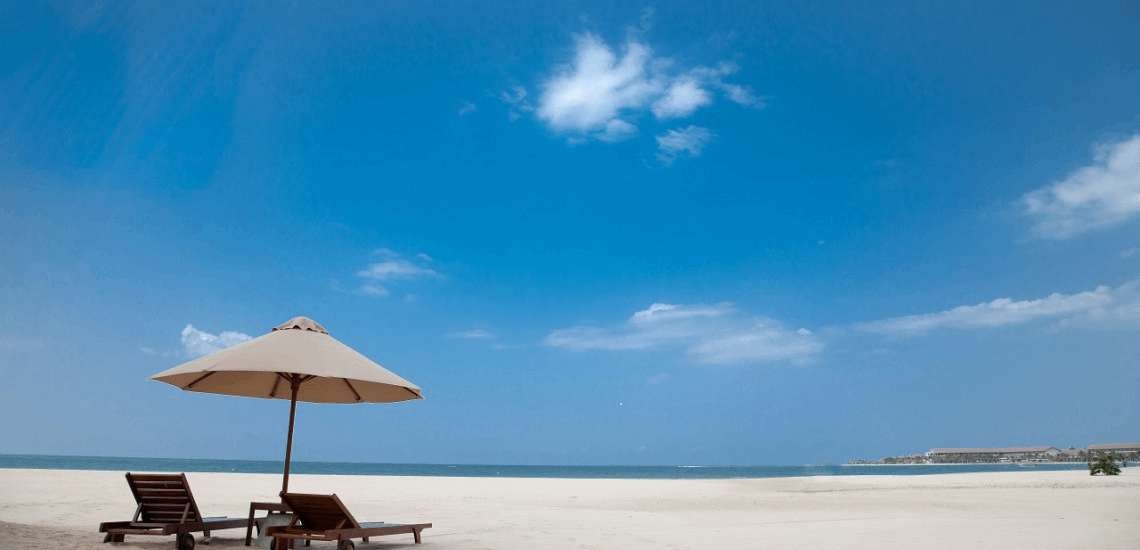Most tropical destinations have a monsoon season where there is heavy rain and a dry season with low rainfall. So the high season for tourism is during the dry season. However Sri Lanka has a different weather pattern with two monsoon seasons where each monsoon affects one part of the island while the other half remains sunny and in season for tourism. So it is important to have an understanding of the seasons when planning a trip to the island.
Colombo, Mount Lavinia, Negombo, Bentota, Hikkaduwa, Kalpitiya
With the west coast’s weather determined by the south-western monsoon, the best weather is expected between late November and April. Average temperatures rarely drop much below 30 °C, but at certain times high rainfall and stormy conditions mean that your idyllic beach plans are best made elsewhere. Rainfall is at its highest between June and September, although August is often an exception with much lower rainfall.
Galle, Weligama, Mirissa, Unawatuna, Yala National Park
The beaches in the south western corner, close to Galle, experience similar weather patterns to the west coast, with the best weather expected between late November and April. Further east, beyond Yala National Park, the weather can also be influenced by the north-eastern monsoon, with its higher rainfall from October to January, and dryer weather from May to September. As with much of Sri Lanka, September & October can also see heavier rain, although by November blue skies are expected once again, with good weather expected through till May.
Kandy, Nuwara Eliya, Ella, Haputale, Hatton, Adam's Peak
Kandy sits at a far lower altitude than Nuwara Eliya where tea is grown and because of this, the region can expect to enjoy higher temperatures and lower rainfall than on the high ground to the south.
The weather in the hill country is influenced by both monsoons, the result of which is a climate that is similar to Scotland in the Autumn for much of the year. Sitting at nearly 2,000 metres above sea level, the region is much cooler than elsewhere in Sri Lanka.
Dambulla, Anuradhapura, Sigiriya, Minneriya National Park
Many of Sri Lanka’s ancient cities with no less than five UNESCO sites, including Dambulla, Anuradhapura, Polonnaruwa and Sigiriya, are located within this ‘dry zone’. Aside from a high rainfall in November and December, conditions remain fairly arid throughout the year, although visitors during June and July may experience the hot, strong winds that help keep the south-western monsoon at bay.
Passekudah, Trincomalee, Arugam Bay, Batticaloa, Nilaveli, Kuchchaveli
Sri Lanka’s east coast comes into its own while the rest of the island is experiencing monsoonal rains. Influenced by the north-eastern monsoon, the best weather is from April to September, with the monsoon running from October until January.

